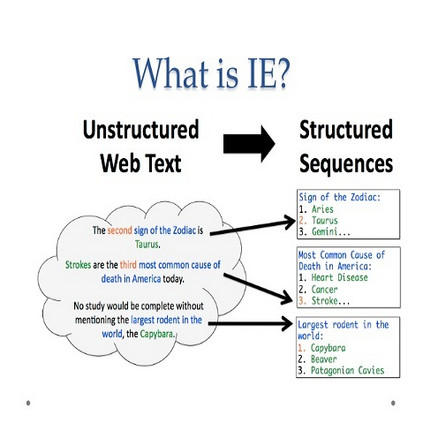Quantifying the value of the information extracted from a structural health monitoring (SHM) system is an important step towards convincing decision makers to implement these systems. We quantify this value by adaptation of the Bayesian decision analysis framework. In contrast to previous works, we model in detail the entire process of data generation to processing, model updating and reliability calculation, and investigate it on a deteriorating bridge system. The framework assumes that dynamic response data are obtained in a sequential fashion from deployed accelerometers, subsequently processed by an output-only operational modal analysis scheme for identifying the system's modal characteristics. We employ a classical Bayesian model updating methodology to sequentially learn the deterioration and estimate the structural damage evolution over time. This leads to sequential updating of the structural reliability, which constitutes the basis for a preposterior Bayesian decision analysis. Alternative actions are defined and a heuristic-based approach is employed for the life-cycle optimization. By solving the preposterior Bayesian decision analysis, one is able to quantify the benefit of the availability of long-term SHM vibrational data. Numerical investigations show that this framework can provide quantitative measures on the optimality of an SHM system in a specific decision context.
翻译:对从结构健康监测系统(SHM)中提取的信息的价值进行量化,是说服决策者实施这些系统的一个重要步骤。我们通过调整巴伊西亚决定分析框架来量化这一价值。与以前的工作不同,我们详细模拟了整个数据生成过程,以便处理、进行模型更新和可靠性计算,并在日益恶化的桥梁系统中调查。框架假定,从部署的加速计中以顺序方式获得动态反应数据,随后通过一个只使用产出的操作模式分析办法处理,以确定系统模式特性。我们采用古典贝伊西亚模式更新方法,按顺序学习恶化情况,并估计结构损害的演变情况。这导致结构可靠性的顺序更新,这是贝伊西亚前决定分析的基础。确定了替代行动,并采用了基于超自然力的方法来优化生命周期。通过解决海湾前的决策分析,可以量化长期SHM振动数据的可得性。Numical调查显示,这一框架可以提供具体决定的最佳度的量化措施。





